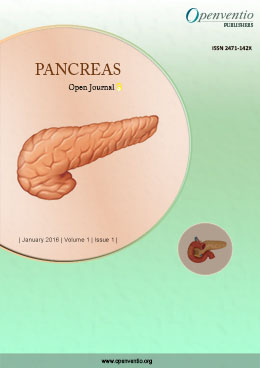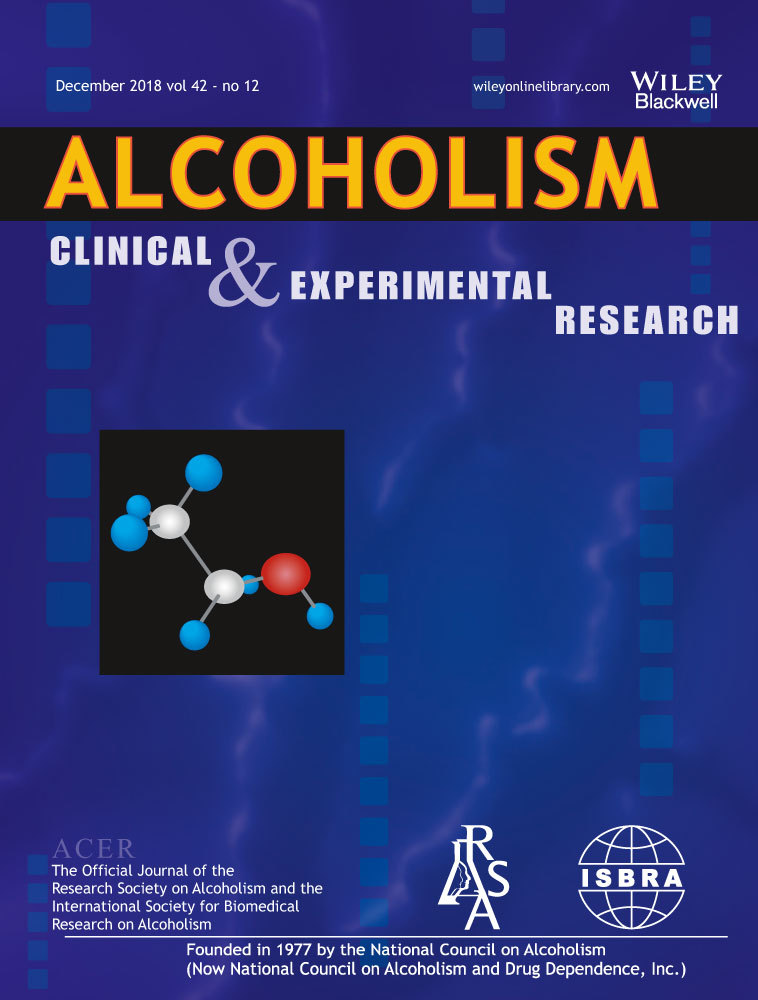
“Background: Lipopolysaccharides (LPSs) are a component of certain types of bacteria and can induce an inflammatory response in the body, including in the pancreas. Cannabidiol (CBD), a nonpsychoactive compound found in cannabis, has been shown to have anti-inflammatory effects and may offer potential therapeutic benefits for conditions involving inflammation and damage. The aim of this study was to investigate any potential preventative effects of CBD on experimental LPS-induced pancreatic pathology in rats.
Materials and Methods: Thirty-two rats were randomly divided into four groups as control, LPS (5 mg/kg, intraperitoneally [i.p.]), LPS+CBD, and CBD (5 mg/kg, i.p.) groups. Six hours after administering LPS, the rats were euthanized, and blood and pancreatic tissue samples were taken for biochemical, polymerase chain reaction (PCR), histopathological, and immunohistochemical examinations.
Results: The results indicated that LPS decreased serum glucose levels and increased lipase levels. It also caused severe hyperemia, increased vacuolization in endocrine cells, edema, and slight inflammatory cell infiltrations at the histopathological examination. Insulin and amylin expressions decreased during immunohistochemical analyses. At the PCR analysis, Silent Information Regulator 2 homolog 1 and peroxisome proliferator-activated receptor gamma coactivator-1 alpha expressions decreased and tumor protein p53 expressions increased in the LPS group. CBD improved the biochemical, PCR, histopathological, and immunohistochemical results.
Conclusions: The findings of the current investigation demonstrated that LPS damages both the endocrine and exocrine pancreas. However, CBD demonstrated marked ameliorative effects in the pancreas in LPS induced rat model pancreatitis.”









